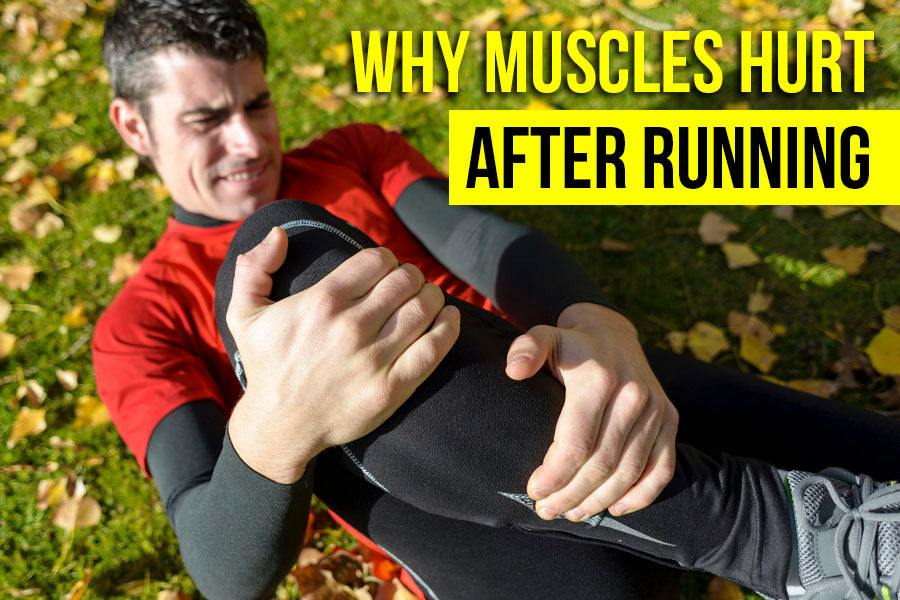Why Do My Muscles Hurt After Working Out?

Have you ever felt sore or achy after starting a new workout regimen, or pushing yourself a little farther than normal during your regular exercise routine? Don't resign yourself to a life of sitting on the sofa just yet - you're not the only one asking "Why do my muscles hurt after working out?"
As great as regular exercise is for your body and mind, it's common to feel some discomfort and muscle pain a day or two after your routine is over. Don't worry though - this form of pain doesn't last long, and in fact, it can be a sign that you're actually getting fitter!
Why Do My Muscles Hurt After Working Out?
Sore, tight, or aching muscles that occur after physical activity are usually a sign of DOMS - Delayed Onset Muscle Soreness. This sensation typically occurs when someone starts a new exercise program, changes their routine, or attempts to increase the intensity or duration of their regular workout.
When you ask your muscles to function harder than they're used to - or in a different way, then you're probably causing microscopic damage to the muscle fibers - an act that will cause some soreness or stiffness.
Who Experiences DOMs?
DOMS isn't an indication of an unfit athlete or a fitness enthusiast getting older. The truth is that anyone can experience DOMS - even people who have been exercising for years, or competing as professional athletes. Though this condition can be somewhat alarming to people who are new to exercise, the good news is that the pain will quickly subside as your muscles start to grow accustomed to the new demands you're placing on them.
The underlying soreness in your limbs occurs as part of an adaptation process that promotes greater strength and stamina as your muscles rebuild and recover.
What Causes DOMS?
If you've found yourself asking "Why do my muscles hurt after working out", and you're convinced that you're constantly plagued with DOMS, you may be looking for ways to avoid moves that are more likely to cause discomfort. However, the truth is that any movement you aren't used to can cause DOMS - particularly those that cause the muscle to contract while lengthening.
Examples of these kinds of movements might include:
- Running or jugging downhill
- Lowering weights
- Going downstairs
- Completing the downward motion in pushups and squats
How Can I Treat DOMS?
Most of the time, there's no simple way to treat DOMS, although applying your calf compression sleeve to aching calves, or using other compression garments on the affected muscle can help to reduce swelling and limit movement in the injured area.
Aside from compression, additional treatment such as anti-inflammatory drugs, ice packs, and massage may help to reduce some of your discomfort and ease the symptoms of aching muscles.
Typically, you'll find that DOMS does not require any medical intervention, and most cases last for an average of between three to five days. If you are concerned however, it's always worth talking to a medical professional to alleviate your worries.


Leave a comment